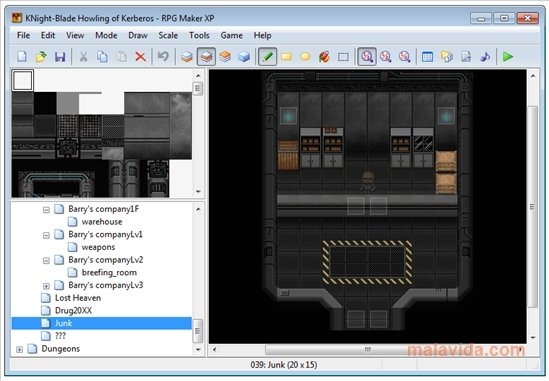
It features quite a few publishing targets: Windows, Mac, Linux, HTML5, iOS and Android.

It also allows for visual scripting with connectable blocks and scripting in other languages, like C++ and C#.

GDScript is similar to Python, so it shouldn’t be a challenge to learn for those with a Python background, or for beginners. It functions a little differently than other engines, and it has its own programming language: GDScript. It’s been praised for being very lightweight and fast, and it’s capable of creating both 3D and 2D games. Godot (pronounced ‘G’dough’) is open source and completely free. Therefore I’ve tried to assemble a list that covers many development types and creators, rather than just listing every engine. The list is unordered, not only because ‘best’ is relative, but also because engine choice is usually personal to a team or a project. Therefore, here is a list of some of the best 2D engines, both free and otherwise. Some small teams and even solo developers do make 3D games (it’s not impossible), however 2D games are just easier to work with. If you are planning to be part of a small game dev team, or if you’re a solo developer, picking out a 2D engine is a good choice. There is a reason why most indie games are 2D, flat games like platformers, top downs, or isometrics are just better for small or solo teams.

The code is far simpler, and the resources are 2D-which are much less difficult to create. They tend to be more expensive, and require more resources to produce.Ĭontrast this with 2D games simple 2D games can be made in minutes. It typically requires hours of modelling and animation and complex code that takes three dimensions into account.


 0 kommentar(er)
0 kommentar(er)
